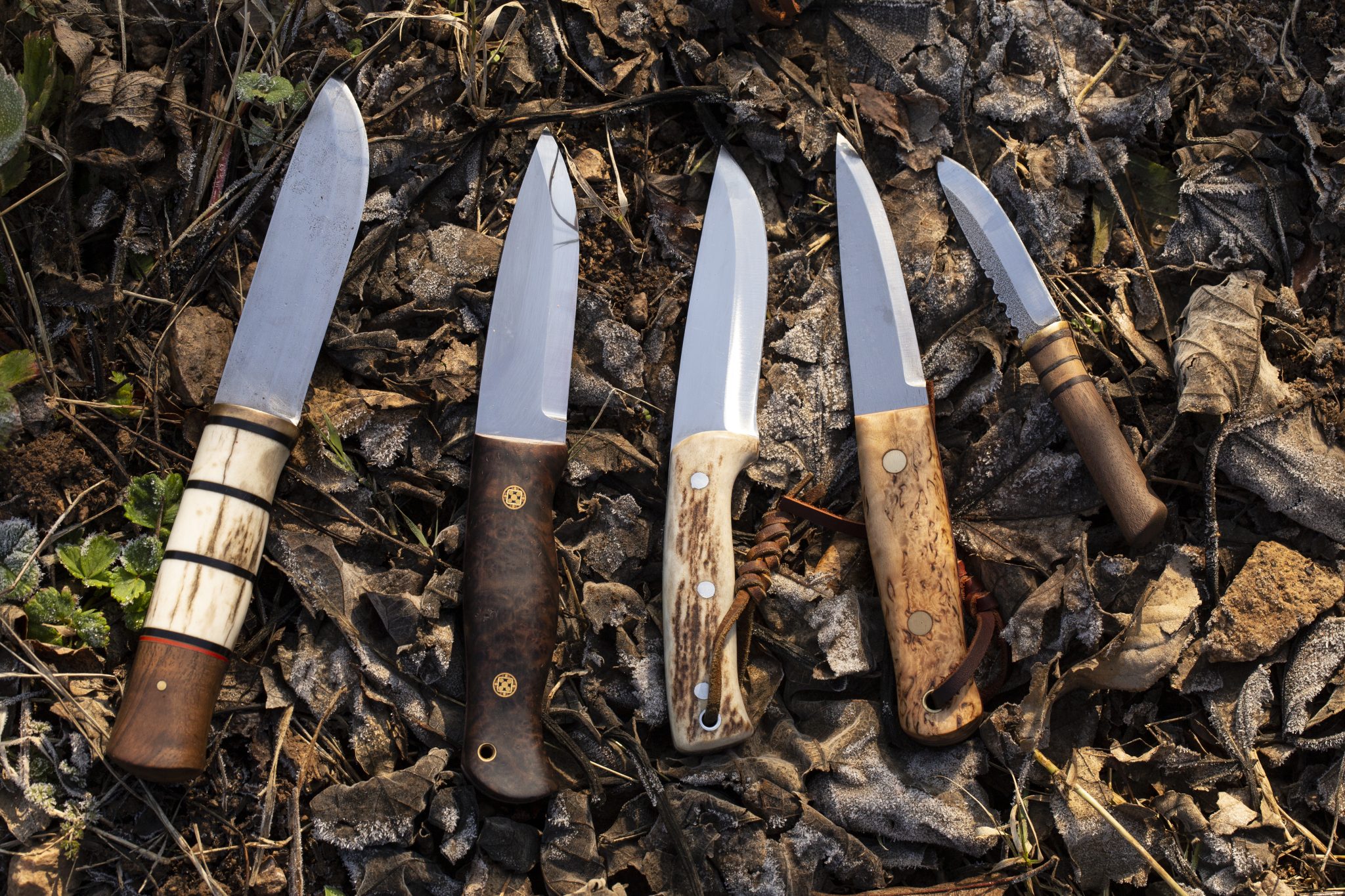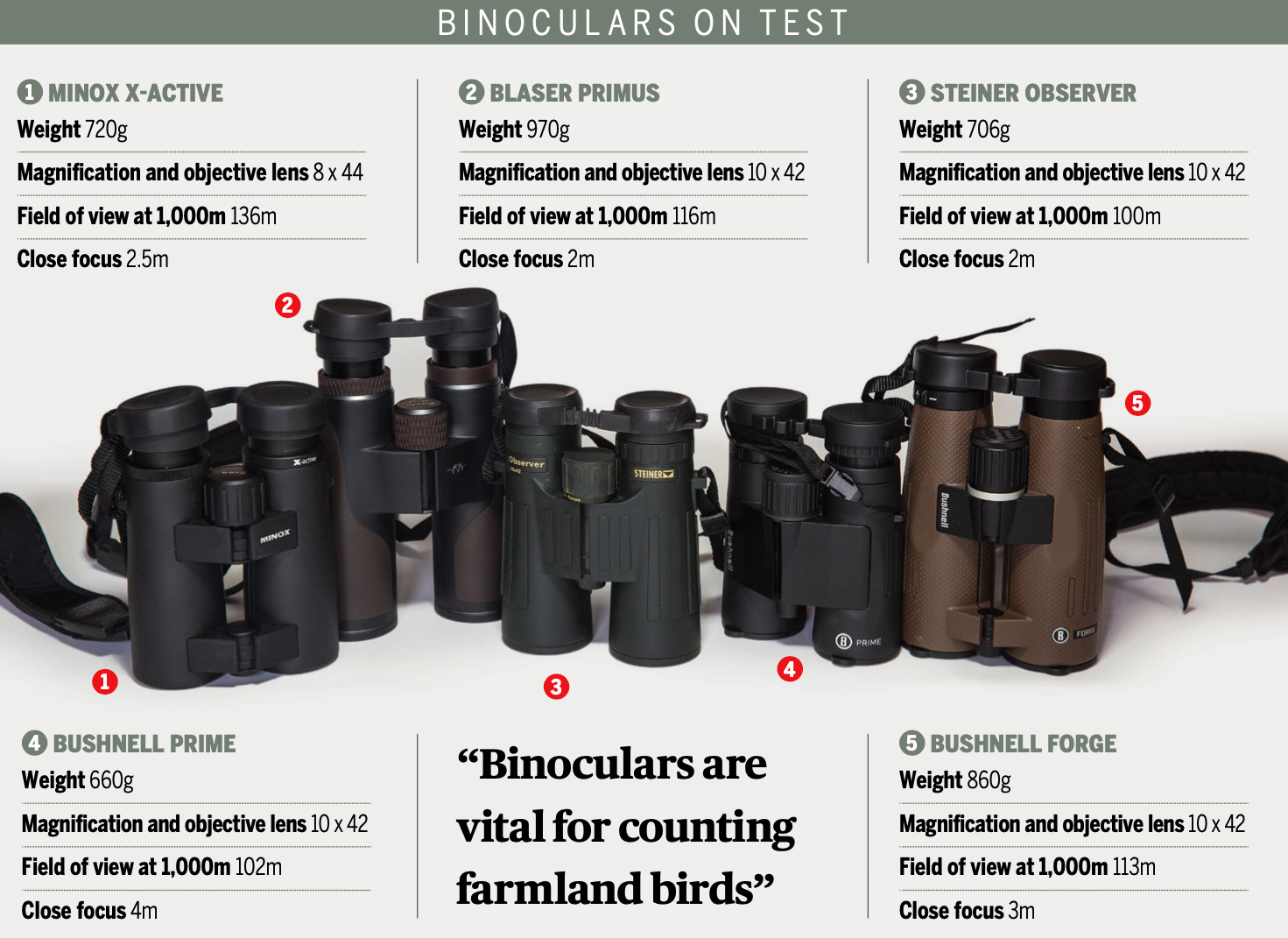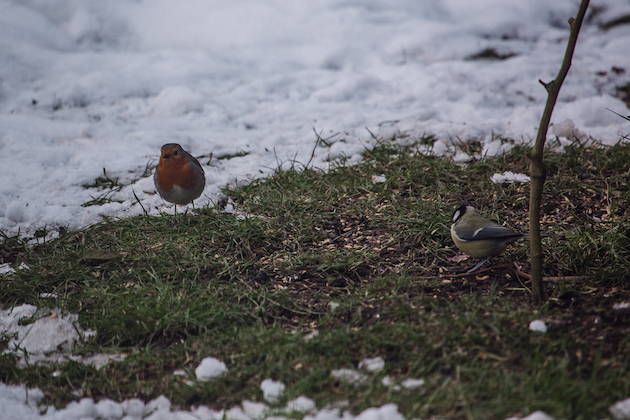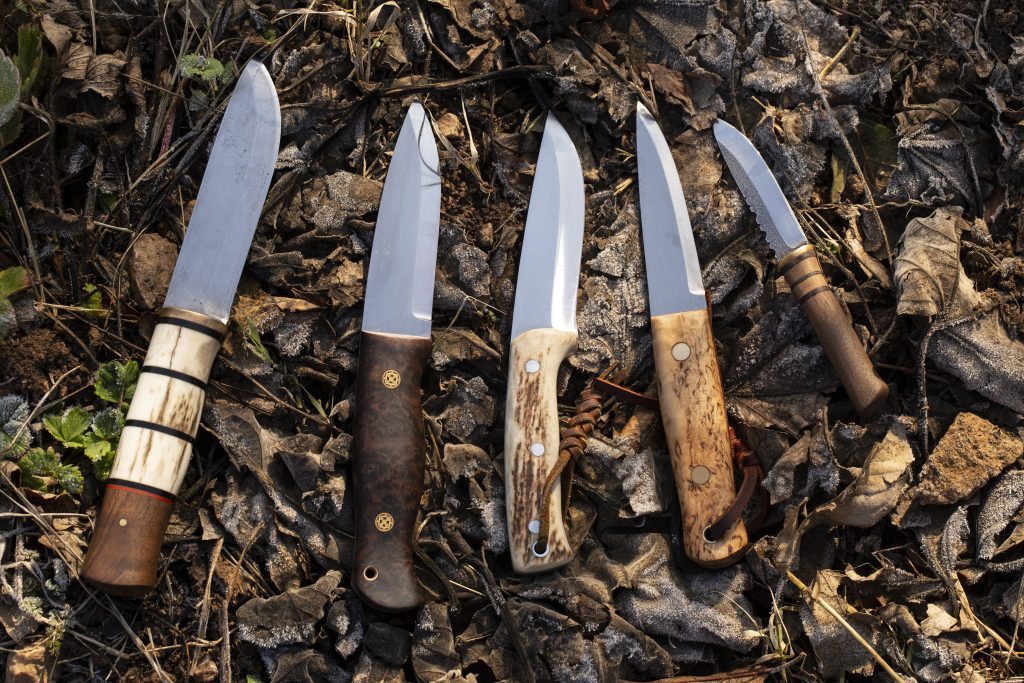Win CENS ProFlex DX5 earplugs worth £1,149 – enter here
A good pair of binoculars is vital whether you’re a keeper, stalker or wildfowler. So we’ve put some to the test.
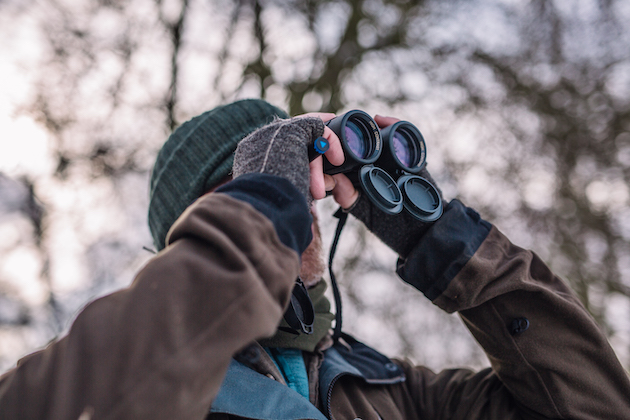 Binocular testing on Flea barn
Binocular testing on Flea barn
The Big Farmland Bird Count (BFBC) has, since its inception in 2014, captured the imagination of farmers and landowners.
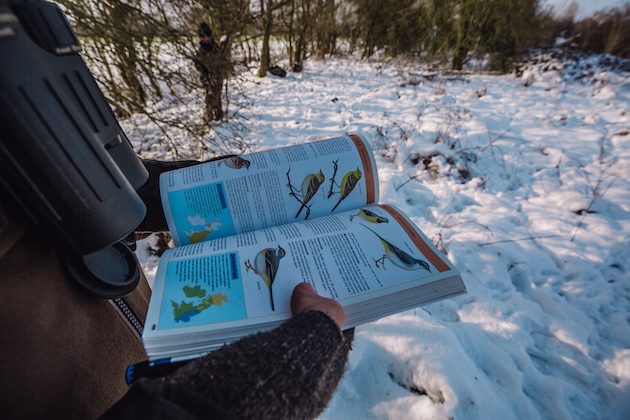
In total 1,888 birds of 42 different species were recorded by Richard’s group
Testing binoculars
Binoculars are obviously vital instruments for counting farmland birds. The BFBC provided an opportunity to trial some of the latest optics that are not only suitable for birdwatching, but are also apt for stalking, wildfowling and pigeon shooting forays.
Steiner Observer 10 x 42 £250
I trialled a pair of Steiner Observer 10 x 42. I had these mid-priced German optics for three weeks, keeping them in my truck where they quickly became a trusted friend. Coated in a rubberised green material, with flip-up dust covers for the non-eye end, they proved robust, working well despite bouncing about in a filthy vehicle, getting knocked around in a coat pocket and being smeared by my mud-daubed hands. Price in optics usually reflects image quality. Therefore, while premium brands such as Swarovski, Leica or Zeiss are the gold standard, the £250 Steiners, I felt, held their own.
The fast-close focus these binoculars boast is of huge benefit, the merest tweak allows you to maintain a clear image of a flying bird or deer moving in and out of cover. In the crisp, bright snow-light of our bird count day any pair of binoculars would work well but, having watched barn owls at dusk, the Steiners proved supremely effective in very low light conditions. They are comfortable in the hand and lightweight. This latter attribute is vital because the strap that comes with them is so feebly thin it is more akin to a garrotte. The strap aside, I would certainly recommend the Steiners as a choice for the working conservationist. They are robust and straightforward and not so pricey that you live in fear of knocking them in the rough and tumble of an outdoor life.
Prime from Bushnell approx £180
My son was also testing binoculars and carried 10 x 42 binos, in this case a pair of Prime from Bushnell. Around £70 cheaper than the Steiners, the outer does feel more plastic. However, while the clarity of image is in some lights arguably crisper than the German offering, it is poor when looking at birds in the glare of a setting sun. However, they win back their spurs in dark woodland and dense shade. The focus does require a significant amount of twiddling to get right and the built-in dust caps are terribly fiddly to fit with gloved fingers and they feel flimsy. Overall, they are value for money and come from a stable that knows how to build optics as anyone who has used one of its rifle scopes will testify.
Blaser Primus £1200
Ed sported a pair of Blaser Primus 10 x 42. The first thing you notice about these binoculars is they are hefty, weighing nearly 1kg. That being said, weighty German engineering isn’t necessarily a bad thing. Think, for example, of gullwing doors on a Mercedes SLS or the guns on the Bismarck. A luxurious branded and padded strap thankfully is fitted to accommodate carrying the bulk. The positive click as you twist out the eye pieces, the ergonomics of how they fit to your face, the sleek lines and swanky carrying case almost shout ‘quality’. However, this precise engineering and style come at a cost — around £1,200. As you would expect, the Blaser’s front-to-back clarity and edge-to-edge sharpness is better than the Bushnell Prime and Steiner Observer glasses, but I would debate if it is nearly £1,000 better and as binoculars for birdwatching in the day and stalking at dusk they seem just a bit too big and clever. Nevertheless, Ed description of testing binoculars was “a pleasure to use”, so if you can afford a pair, why not?

Testing a pair of Bushnell Forge 10 x 42
Bushnell Forge £350
Joining in the testing binoculars team, Evie carried a pair of Bushnell Forge 10 x 42, good value for around £350. Their normal light clarity is not as good as the Blaser but they come into their own in the gloom. They are 100g lighter than the Primus with a rubberised shell and the contrast and definition they give at distances up to 500m is excellent. The dioptre adjustment can be locked in place, meaning once you have them adjusted to your eyesight the binoculars stay that way. As a dual-purpose optic these US binoculars are a very good option and something of a Cadillac for Chevrolet money.
Minox X-Active £280
Finally, Richard tried a pair of Minox X-Active 8 x 44. Similar in size and weight to the Steiner Observer and Bushnell Prime, these glasses are both affordable — around £280 — and high quality. The finish feels less robust than the Steiner, yet they withstood a full try-out by Richard in some challenging locations and weather conditions.
Minox is so confident in its brand’s staying power they come with a 30-year warranty. Minox, Steiner and Blaser are German brands and, where the Blaser screams style, the Minox and Steiner are functionality personified. The Minox are somewhat prone to fogging when cold, but Richard found that a five-minute warm-up over his truck heater improved clarity markedly.
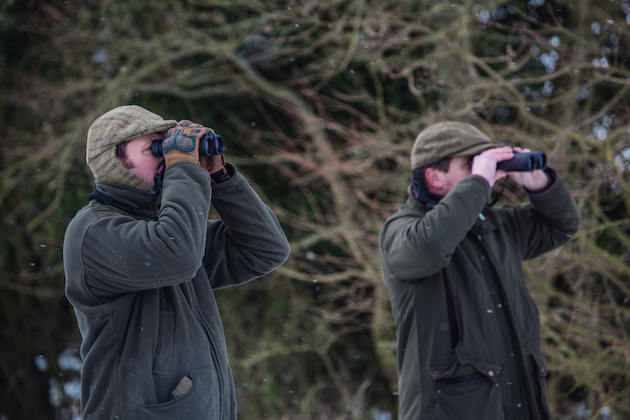
All the brands on test are put through fairly vigorous try-outs and all prove pretty robust
Conclusion
Binoculars for the practical conservationist have to be robust, easy to use and workmanlike. The Steiner, Minox and Bushnell offerings fit that remit. The Blaser are possibly a bit too cool for this rough-and-ready school. My advice is to try as many brands as you can — there are few other bits of kit that spend so much time in such close proximity to your face.
Related Articles
Get the latest news delivered direct to your door
Subscribe to Shooting Times & Country
Discover the ultimate companion for field sports enthusiasts with Shooting Times & Country Magazine, the UK’s leading weekly publication that has been at the forefront of shooting culture since 1882. Subscribers gain access to expert tips, comprehensive gear reviews, seasonal advice and a vibrant community of like-minded shooters.
Save on shop price when you subscribe with weekly issues featuring in-depth articles on gundog training, exclusive member offers and access to the digital back issue library. A Shooting Times & Country subscription is more than a magazine, don’t just read about the countryside; immerse yourself in its most authoritative and engaging publication.



